A SunTan-forming tan Was Introduced by Coco Chanel in The 1920s, When Her Skin Turned Red While She was on a break
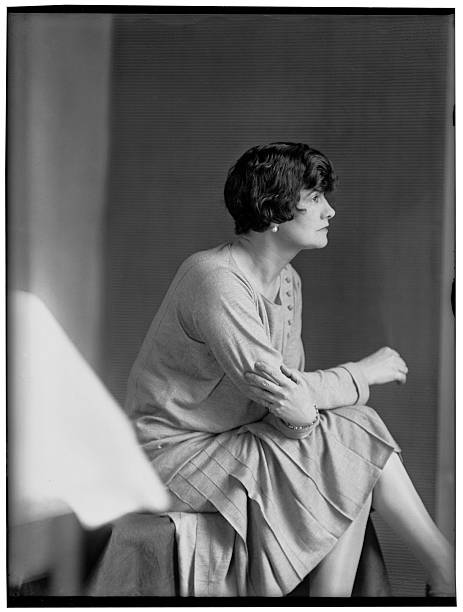
Sunwoman
A SunTan-forming tan Was Introduced by Coco Chanel in The 1920s, When Her Skin Turned Red While She was on a break
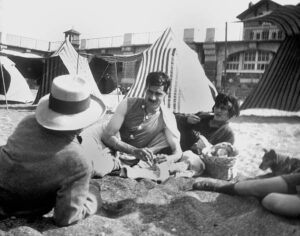
Today, we think of a sun-kissed glow as beautiful. 1918 Tanned skin vs. Fair skin But until the 1920s, pale or “fair” skin was king and queen a status symbol that signaled one had enough money to live in luxury, with free time from outdoor manual labor tan equals peasant, fair means leisure class society hostesses.
This was where Coco Chanel stepped in the picture (the very first Chanel boutique opened at 31 Rue Cambon, Paris). Influenced beauty standards for more than clothes and accessories. Chanel, in fact made suntans fashionable after developing a sunburn on one of her visits to the beach. What appeared to be a minor blunder would become one of the great pivot points in beauty ideals.
The Backdrop of Beauty Standards Pre 1920s
Fair skin was the most coveted attribute for the elite class, especially before Chanel’s sunburn episode. In fact, paleness symbolized privilege and leisure the antithesis of those people who worked outdoors. Maintaining the fair skin complexion was the fashion for centuries because women used parasols, gloves, and powders to protect them from too much exposure to the sun. Tanning was considered an activity of outdoor laborers, and it was viewed as dubious or even scandalous in high society.
The rich exerted maximum effort not to tan as darkly as they could. Standards of Victorian and Edwardian beauty placed an almost extraterrestrial, ivory colour above other considerations and stigmatized those bearing the marks of a sunbath. Little did they know how soon a constricting standard would transform in this 20th century. And little could they ever have envisioned just how rough it would not be there would not be the slightest exception of course not without this lady Coco Chanel
An Iconoclast Tan of Sunburn. The Summer that Changed everything
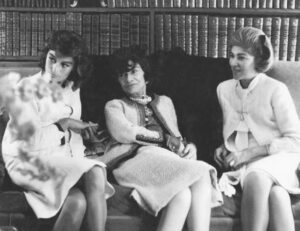
Coco Chanel spent 1923 on holiday at the French Riviera. She enjoyed some of her time there on the sunny beaches, returning to Paris with a sunburn. But rather than covering up her darker skin tone, she sported it around the city. Not purposeful, as a style icon,
Coco Chanel’s look made a splash wherever she went. She was a bold, modernist woman representing the freedom and independence of the Roaring Twenties, and her sun-kissed appearance was part of that package.
Parisians and fashionistas soon noticed Chanel’s golden glow, and what began as a sunburn turned into a beauty statement. The tan signified health, vitality, and the luxury of resting on holiday rather than toiling in the sun out of necessity. Soon, women across the globe were embracing this new beauty standard, and parasols were abandoned for sunbathing, with a cultural shift in beauty ideals.
The New Symbolism of the Suntan: Luxury and Leisure
Chanel’s sun-kissed look was aspirational. She embodied the freedom of a wealthy, modern woman her sun-kissed skin came to symbolize a life associated with leisure and travel. That association made tanning itself a status symbol in and of itself it marked a person who could escape the drudgery of daily life for a glamorous foreign adventure.
Beyond Fashion: The Tanning Trend as a Symbol of Health
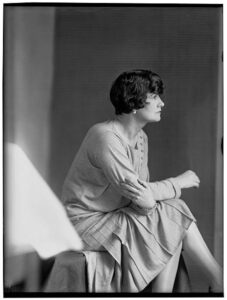
Tanning became irretrievably entwined with health and wellness. In the 1920s, science began espousing sun exposure as a healthy benefit, especially about Vitamin D. Before long, tanned skin became fashionable but was also perceived as a synonym for healthy living.
The attitude of the public toward the sun changed, and what was once perceived as dangerous became popular. Sunbathing is now a recreational activity and has now led society to associate a tan with wellness and athletic ability.
Coco Chanel’s Lasting Impact on the Beauty Standard
Coco Chanel’s sun-kissed skin inadvertently caused a fashion movement that continued for decades. By the middle of the 20th century, sun-kissed skin was highly mainstream in popular culture-this influenced what people wore, what ads would appear in magazines, and even what to manufacture.
The great suntan craze in the 1920s was the groundwork for decades later and the surge in tanning culture that eventually settled into self-tanning lotions and even inventing tanning beds, all by the 1970s.
Chanel’s impact on beauty trends remains today. Even though the cultural story about sun exposure has changed once again with our knowledge of skin health and sun protection, a golden glow remains synonymous with beauty and vitality. Sunscreens and protective skincare products have replaced tanning oils in many ways, but the allure of a sun-kissed look has endured.
A Simple Sunburn That Redefined Beauty
This is a story of how Coco Chanel made suntans fashionable and how it testifies to the power of influence and cultural shifts. Chanel changed not only the way people dressed but also how they think about beauty. A sunburn that results from an accident while on vacation might seem like something so small and insignificant, yet it led to transformation thathallenged and redefined traditional beauty standards.
“Today, the shadow of Chanel’s tan survives in society’s perception of beauty and leisure as well as the sun kissed glow permanently popular in the imagination of the beauty-conscious people”
You might also like that 👇🏻




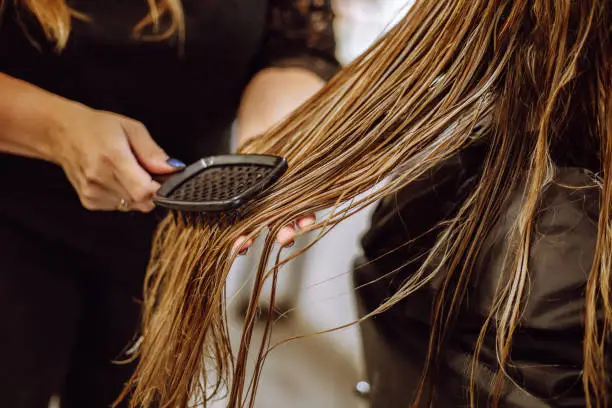

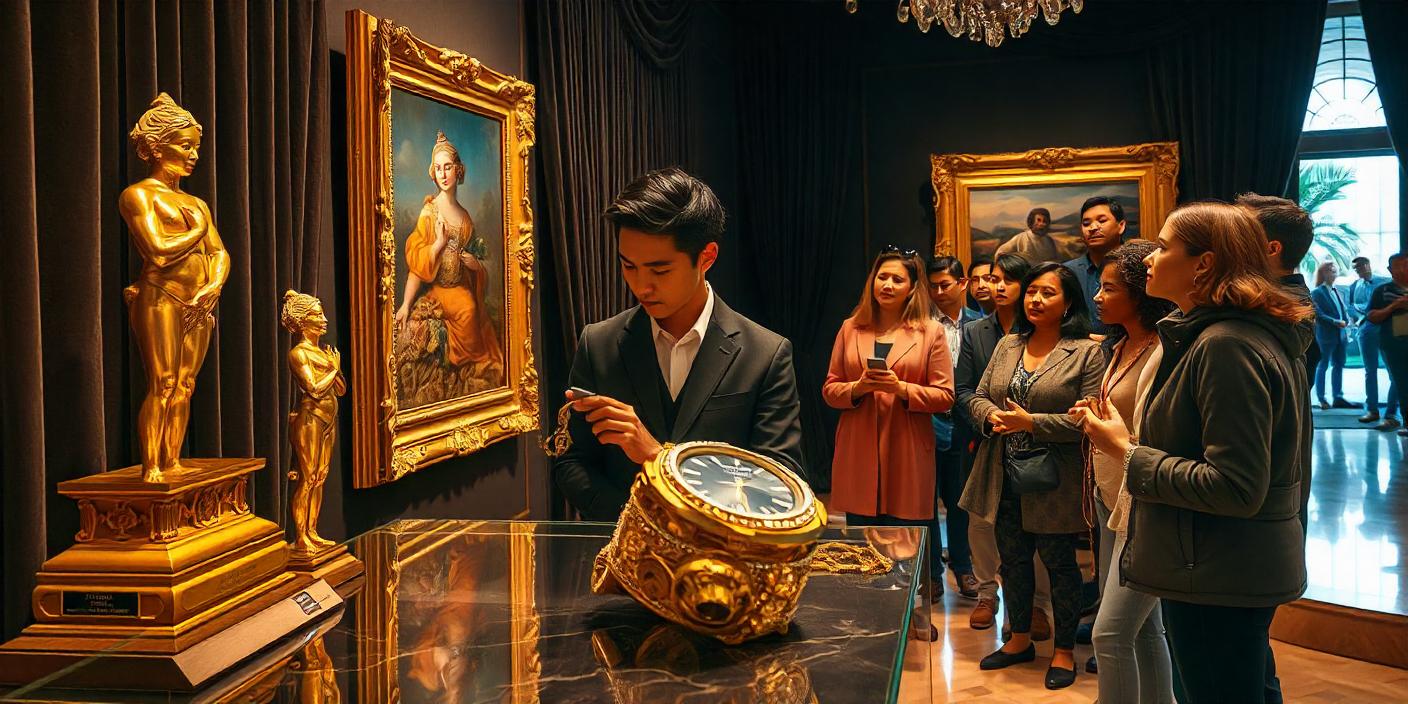
One thought on “A SunTan-forming tan Was Introduced by Coco Chanel in The 1920s, When Her Skin Turned Red While She was on a break”